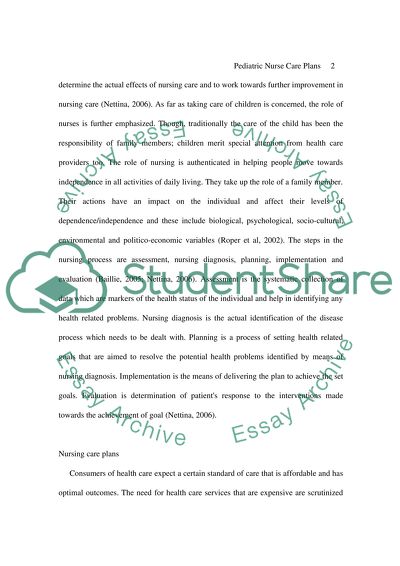Cite this document
(“Pediatric Nursing Care Plans Research Paper Example | Topics and Well Written Essays - 3000 words”, n.d.)
Retrieved from https://studentshare.org/health-sciences-medicine/1408330-critique-of-care-plans
Retrieved from https://studentshare.org/health-sciences-medicine/1408330-critique-of-care-plans
(Pediatric Nursing Care Plans Research Paper Example | Topics and Well Written Essays - 3000 Words)
https://studentshare.org/health-sciences-medicine/1408330-critique-of-care-plans.
https://studentshare.org/health-sciences-medicine/1408330-critique-of-care-plans.
“Pediatric Nursing Care Plans Research Paper Example | Topics and Well Written Essays - 3000 Words”, n.d. https://studentshare.org/health-sciences-medicine/1408330-critique-of-care-plans.


